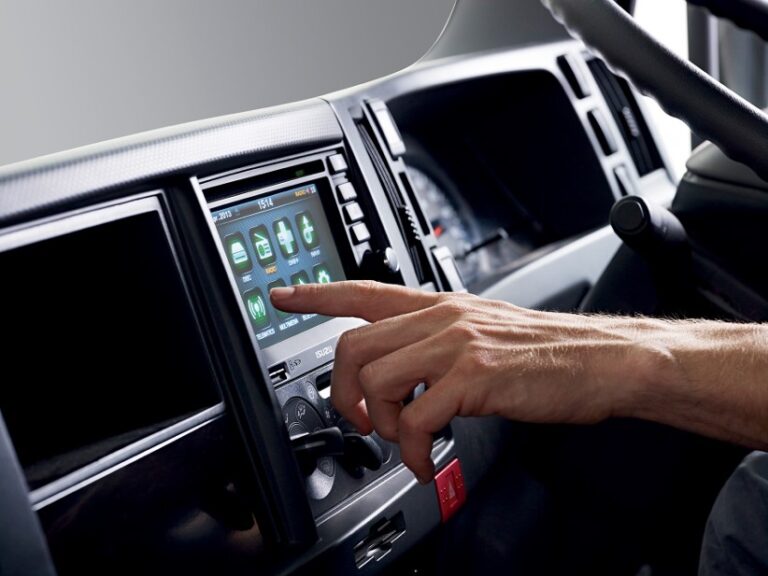As fleet managers embrace telematics to improve vehicle performance, safety, and compliance, a critical decision arises—should they rely on OEM (Original Equipment Manufacturer) telematics, or invest in aftermarket solutions?
According to Chris L’Ecluse, Safety Specialist at Teletrac Navman, while OEM telematics has value, it is primarily focused on vehicle health, leaving a gap when it comes to driver safety and fleet compliance.
What is OEM Telematics?
OEM telematics refers to built-in vehicle tracking and diagnostics systems provided by manufacturers such as Ford, Daimler, Volvo, IVECO, Scania and Hino. These systems typically offer:
- Engine health monitoring (fault codes, fuel efficiency, maintenance schedules)
- Basic location tracking
- Limited driver behaviour data
These factory-installed systems are designed to support vehicle longevity and maintenance rather than provide comprehensive fleet management insights.
The Key Difference: Vehicle Health vs Safety
Chris L’Ecluse explains that OEM telematics solutions are engineered to support vehicle performance, whereas aftermarket telematics solutions focus on safety, compliance, and driver behaviour monitoring.
“What we have seen is that OEM telematics largely revolves around vehicle health,” says L’Ecluse. “Manufacturers focus on engine diagnostics and preventative maintenance rather than tracking safety and driver behaviour.”
This means OEM telematics systems often lack critical insights into:
- Speeding and harsh braking incidents
- Fatigue and distraction monitoring
- Seatbelt compliance
- Real-time AI-powered coaching
For fleet operators looking to enhance safety and compliance, relying solely on OEM data is not enough.
Why OEMs Avoid Advanced Safety Data
L’Ecluse points out that OEMs may deliberately limit their involvement in driver safety data due to legal concerns.
“There’s no compelling argument for an OEM to provide safety data that could inadvertently be used against them,” he explains.
For example, if a manufacturer collected detailed safety data and an accident occurred, could they be held liable? To avoid this risk, many leave safety and compliance tracking to aftermarket telematics providers like Teletrac Navman.
The Best Approach: Integration
The most effective strategy for fleets may be to combine OEM telematics with a third-party fleet management system.
Many aftermarket providers, including Teletrac Navman, offer integrations that allow fleet managers to merge OEM vehicle data with advanced safety insights.
This allows fleets to benefit from:
✅ OEM vehicle health tracking (engine diagnostics, fuel efficiency, fault codes)
✅ Aftermarket safety monitoring (speeding alerts, fatigue detection, real-time coaching)
✅ A comprehensive view of fleet performance
OEM telematics provides valuable vehicle diagnostics, but it lacks the depth needed for comprehensive fleet safety and compliance. Aftermarket telematics bridges this gap, offering AI-powered coaching, driver behaviour monitoring, and compliance reporting.
For fleet managers, the best approach is to integrate OEM and aftermarket solutions, ensuring both vehicle health and driver safety are optimised for a safer, more efficient fleet.






